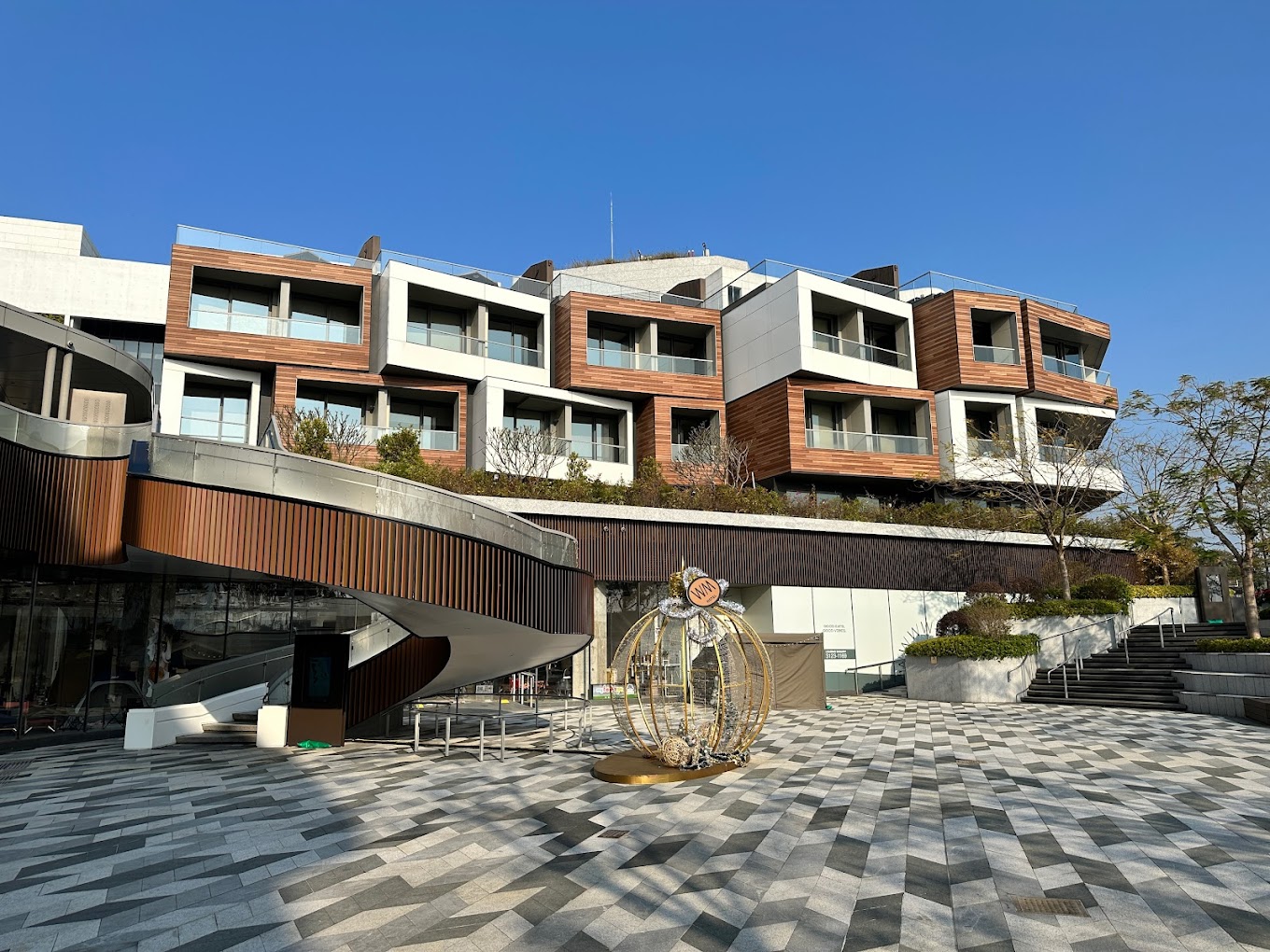Sai Kung WM Hotel is located on the serene Sai Kung Peninsula in Hong Kong. Completed in 2021, this 3-story hotel spans 26,910 sqm, offering 260 luxurious rooms, retail spaces, and wedding services.
The project embraced a holistic approach to sustainability, focusing on energy efficiency, environmental impact reduction, and enhancing indoor comfort. To meet the ambitious sustainability goals, they turned to the professionals of our company. BEE was involved in the project process at the early design stage, offering sustainable advice and conducting feasibility studies.
Before the design phase, extensive site location research highlighted the area’s high sustainability potential:
- The local community features appropriate development density and excellent connectivity to diverse facilities.
- The site enjoys convenient access to public transportation, situated within a 1/4-mile walking distance of 2 bus stops serving multiple bus lines.











